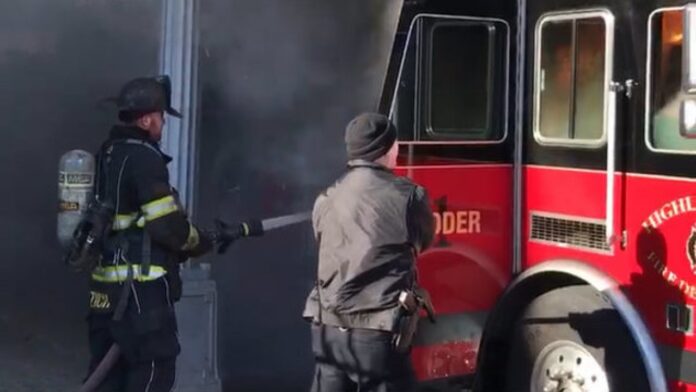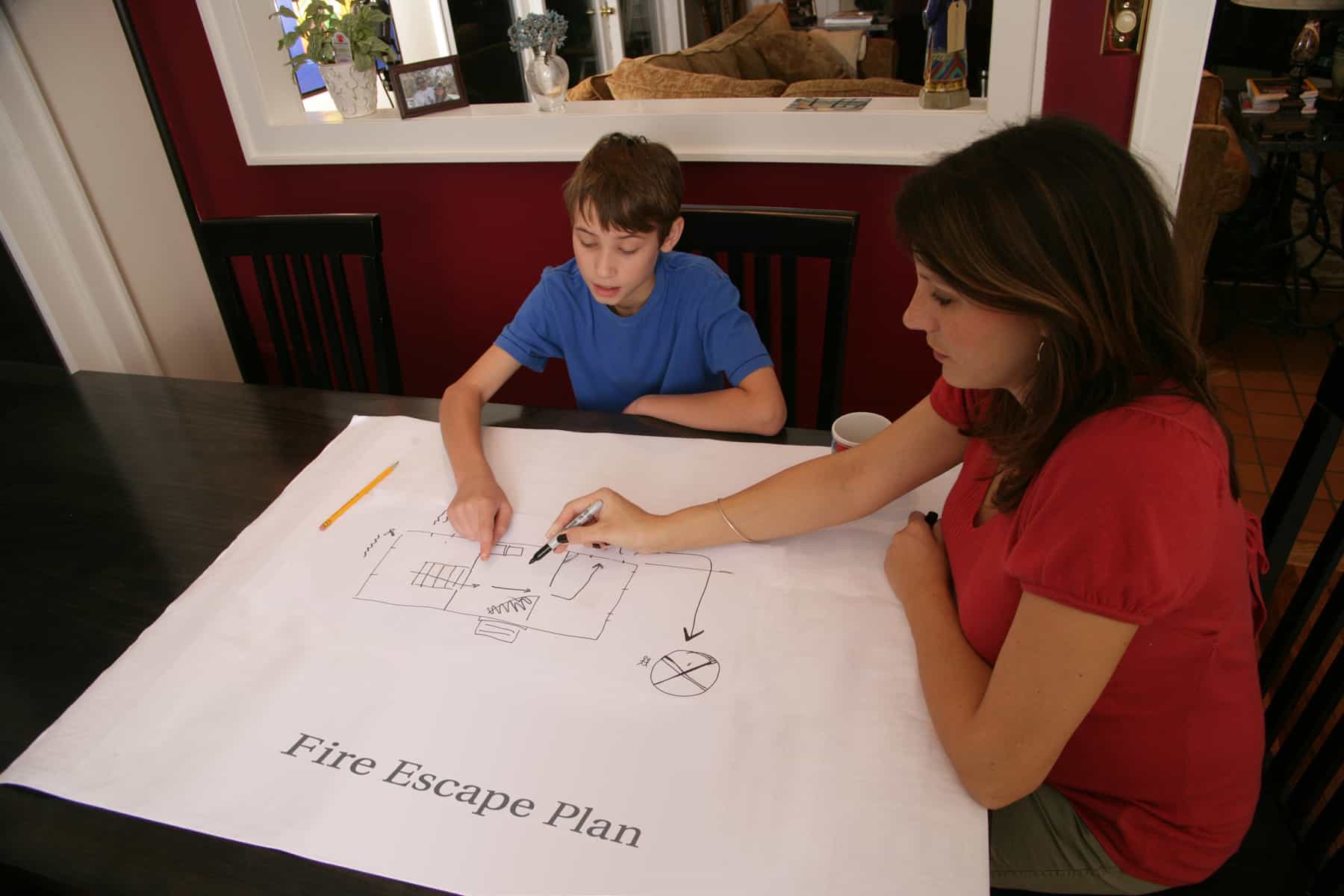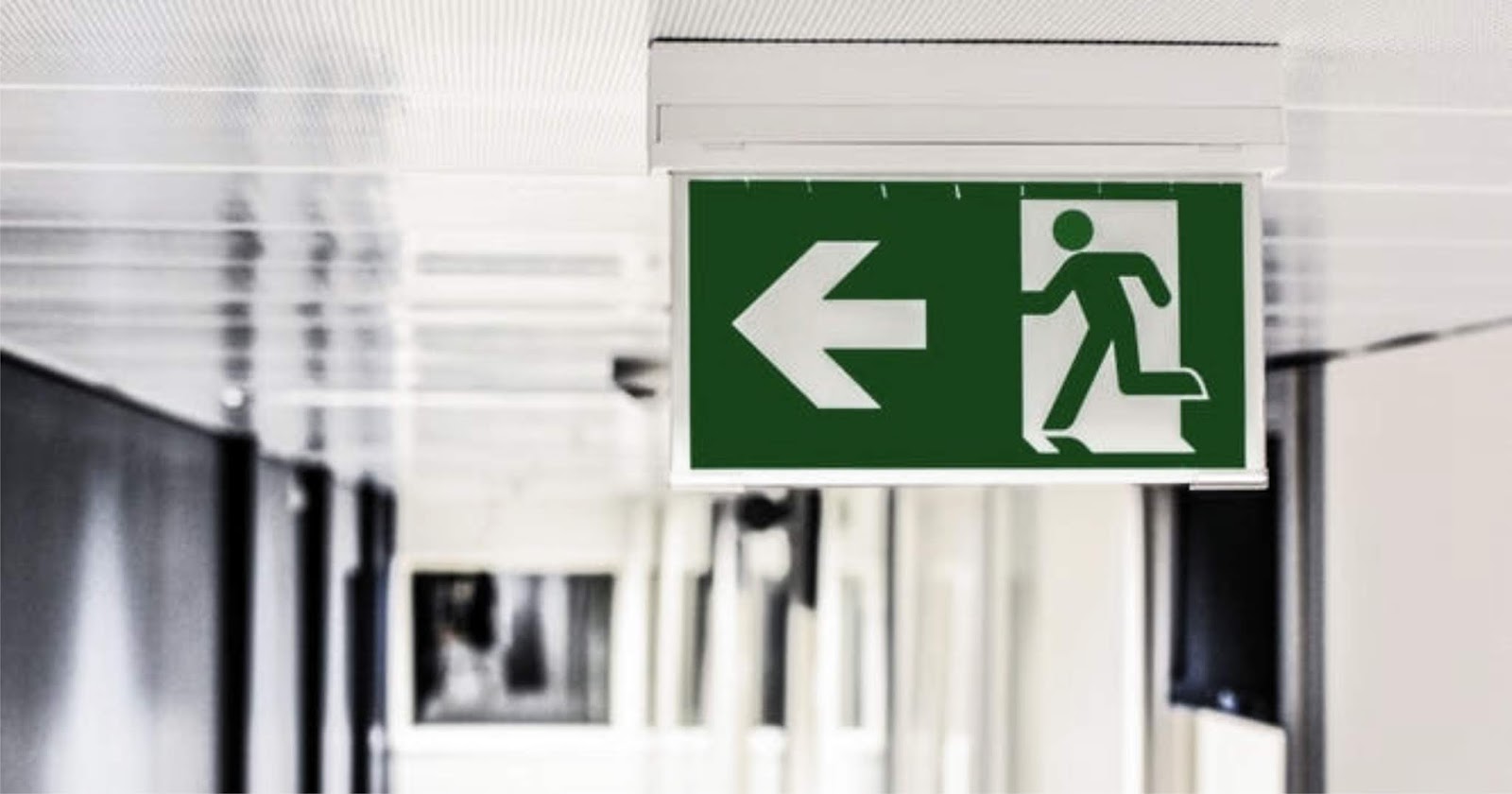The worst time to be making a fire escape plan is when your house is on fire. Without a plan, you are likely to panic and make a bad decision, potentially with disastrous consequences. You don’t want to be one of the 50 people killed by house fires every year.
Creating your plan today and taking the time to practice it will help to ensure that every member of the house knows what to do in a fire. That dramatically increases the chances of you all getting out alive. Of course, having a working smoke alarm, in line with current regulations, will help.
It’s time to think about survival. Creating a useable fire escape plan is surprisingly easy:
Create A Plan
Draw a plan of your home, it’s best to use a separate piece of paper for each level as this will enable you to record all the necessary details. You’ll need to draw all the rooms, doorways, windows, and entry/exit doors. It’s also a good idea to have fire windows fitted and identify them on your map.
Once this is done you’ll be able to identify which is the closest exit point depending on which room you find yourself in.
Remember a window can be an escape route, providing it opens enough to get an adult through it comfortably. But, you’ll need to verify what is outside the window and whether you can safely get to the ground.
Assess The Risk
Before you decide the best escape routes from each room you need to consider where the fire is most likely to start. In truth, it can start anywhere if caused by faulty electrics. But, the most common source points are the kitchen and any room that uses a lot of electricity.
Having identified this you’ll be able to look at each room and decide which exit oath is most appropriate, on the assumption that you know where the fire has started.
The Second Route
Identifying the likely firing starting point allows you to identify the preferred escape route. But, in case the fire stats somewhere else you should outline a second escape route, which must be different from the first one!
When you’re considering the escape routes think about how someone with a disability may be able to get out of the house. The exact route will depend on the disability. It’s important to be aware o this to ensure everyone is catered for should the worst happen.
Print The Plans
Once you’re happy with the escape routes you’ll need t print several copies of the plan, ideally, keep one in each of the rooms to ensure that everyone knows what to do if a fire does happen.
You should then organize a test run. Tell everyone where the fire is, without actually starting one, and set the smoke alarm off. You can see what difficulties anyone runs into and how quickly everyone gets out of the house. This will help you to evaluate your escape plans and adjust them if necessary.




















